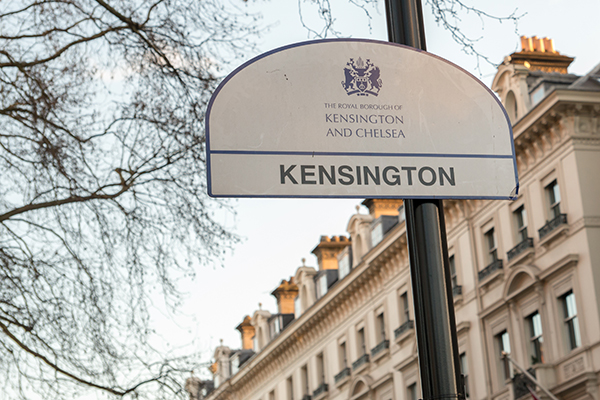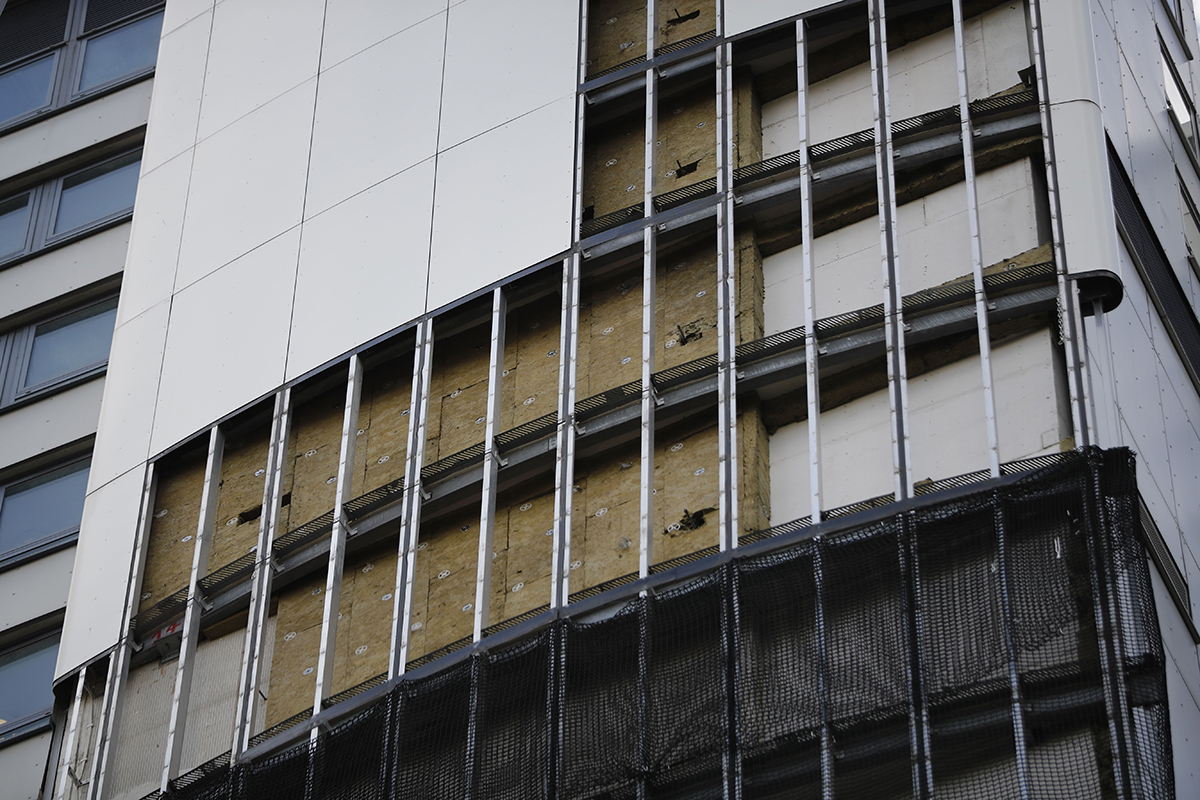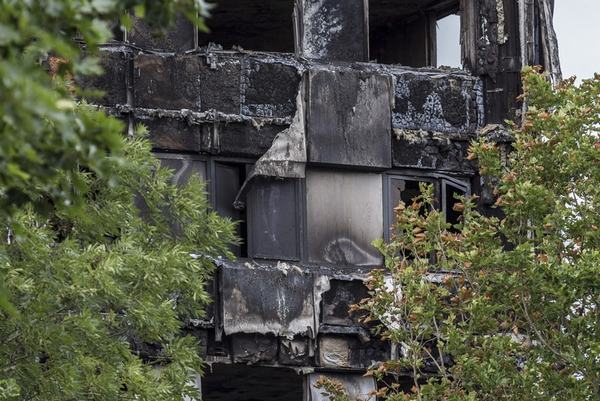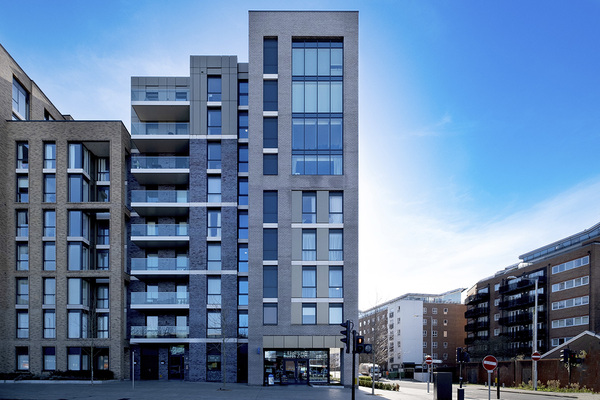You are viewing 1 of your 1 free articles
Grenfell council was warned about gaps in windows by resident of flat where fire began
Kensington and Chelsea Council was warned about gaps in the window frames installed on Grenfell Tower before the fire by the resident in whose flat the fire started, the public inquiry has heard.
In the witness statement given by Behailu Kebede, in whose flat the fire started, he revealed that he had complained about his windows not long before the fire.
As part of the 2012/16 refurbishment of Grenfell Tower, new windows were installed in every flat.
According to the report submitted to the inquiry by Professor Luke Bisby, an expert witness, gaps in these windows allowed the fire to spread from the kitchen where it started onto the cladding and then up the side of the building.
In Mr Kebede’s statement, he said: “The double glazed windows caused problems too, as they had not been correctly fitted. There were gaps in between the windows and frames. Air was entering my flat through these gaps.
“I made a direct complaint to the builders regarding this. The council sent in contractors who, I believe, put sealant in the gaps. But this did not fully solve my problem.”
Professor Bisby’s report also identified the presence of silicone sealant in the window boards.
According to his report, this sealant is being investigated using laboratory testing at the University of Edinburgh and will be reported on in the second phase of the inquiry, which is expected to begin next year.
Mr Kebede also discussed the new heating system that was installed in the tower as part of the same refurbishment.
The pipes, another expert witness Dr Barbara Lane revealed this week, had incomplete fire safety protection at the time of the fire.
In addition, as Inside Housing revealed on the day of the fire, the installation of these pipes involved the temporary removal of safeguards in the floors intended to prevent the spread of fire from floor to floor.
Mr Kebede said in his statement: “Instead of removing the old boilers in the kitchens and placing them with the new boilers at the same place near locations, it was decided that the new boilers should be placed near the front doors of the flats. The reason for this, we were told, was that this was the cheaper option.”
The inquiry continues.
Never Again campaign
In the days following the Grenfell Tower fire on 14 June 2017, Inside Housing launched the Never Again campaign to call for immediate action to implement the learning from the Lakanal House fire, and a commitment to act – without delay – on learning from the Grenfell Tower tragedy as it becomes available.
One year on, we have extended the campaign asks in the light of information that has emerged since.
Here are our updated asks:
GOVERNMENT
- Act on the recommendations from Dame Judith Hackitt’s review of building regulations to tower blocks of 18m and higher. Commit to producing a timetable for implementation by autumn 2018, setting out how recommendations that don’t require legislative change can be taken forward without delay
- Follow through on commitments to fully ban combustible materials on high-rise buildings
- Unequivocally ban desktop studies
- Review recommendations and advice given to ministers after the Lakanal House fire and implement necessary changes
- Publish details of all tower blocks with dangerous cladding, insulation and/or external panels and commit to a timeline for remedial works. Provide necessary guidance to landlords to ensure that removal work can begin on all affected private and social residential blocks by the end of 2018. Complete quarterly follow-up checks to ensure that remedial work is completed to the required standard. Checks should not cease until all work is completed.
- Stand by the prime minister’s commitment to fully fund the removal of dangerous cladding
- Fund the retrofitting of sprinkler systems in all tower blocks across the UK (except where there are specific structural reasons not to do so)
- Explore options for requiring remedial works on affected private sector residential tower blocks
LOCAL GOVERNMENT
- Take immediate action to identify privately owned residential tower blocks so that cladding and external panels can be checked
LANDLORDS
- Publish details of the combinations of insulations and cladding materials for all high rise blocks
- Commit to ensuring that removal work begins on all blocks with dangerous materials by the end of 2018 upon receipt of guidance from government
- Publish current fire risk assessments for all high rise blocks (the Information Commissioner has required councils to publish and recommended that housing associations should do the same). Work with peers to share learning from assessments and improve and clarify the risk assessment model.
- Commit to renewing assessments annually and after major repair or cladding work is carried out. Ensure assessments consider the external features of blocks. Always use an appropriate, qualified expert to conduct assessments.
- Review and update evacuation policies and ‘stay put’ advice in the light of risk assessments, and communicate clearly to residents
- Adopt Dame Judith Hackitt’s recommended approach for listening to and addressing tenants’ concerns, with immediate effect
CURRENT SIGNATORIES:
- Chartered Institute of Housing
- G15
- National Federation of ALMOs
- National Housing Federation
- Placeshapers












